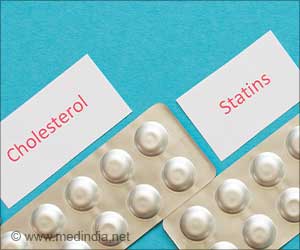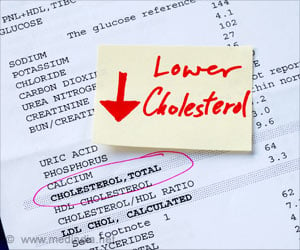In what they call a "stunning research advance," investigators at Georgetown University Medical Center have been able to use non-toxic chemical injections to add and remove fat in targeted areas on the bodies of laboratory animals. They say the discovery, published online in Nature Medicine on July 1, could revolutionize human cosmetic surgery and treatment of diseases associated with human obesity.
Investigators say these findings may also, over the long-term, lead to better control of metabolic syndrome, which is a collection of risk factors that increase a patient's chances of developing heart disease, stroke, and diabetes.In the paper, the Georgetown researchers describe a mechanism they found by which stress activates weight gain in mice, and they say this pathway -- which they were able to manipulate -- may explain why people who are chronically stressed gain more weight than they should based on the calories they consume.
This pathway involves two players -- a neurotransmitter (NPY) and the receptor (Y2R) it activates in the fat tissue: endothelial cells lining blood vessels and fat cells themselves. In order to add fat selectively to the mice they tested, researchers injected NPY into a specific area. They found that both players are activated during stress and lead to obesity and metabolic syndrome. Administration of Y2R blocker into the abdominal fat prevented both conditions.
"We couldn't believe such fat remodeling was possible," said the study's senior author, Zofia Zukowska, M.D., Ph.D., professor and chair of the Department of Physiology & Biophysics at Georgetown. "We are hopeful that these findings might eventually lead to control of metabolic syndrome, which is a huge health issue for many Americans," she said.
And perhaps the most rapid clinical application of these results will be in both cosmetic and reconstructive plastic surgery, said co-author Stephen Baker, M.D., D.D.S, Associate Professor of plastic surgery at Georgetown University Hospital. The ability to add fat as a graft would be useful for facial rejuvenation, breast surgery, buttock and lip enhancement, and facial reconstruction, he said.
Equally important, blocking Y2R resulted in local elimination of adipose, or fat, tissue, said Baker. "This is the first well-described mechanism found that can effectively eliminate fat without using surgery," he said. "A safe, effective, non-surgical means to eliminate undesirable body fat would be of great benefit to our patients."
Advertisement
SRM/M







